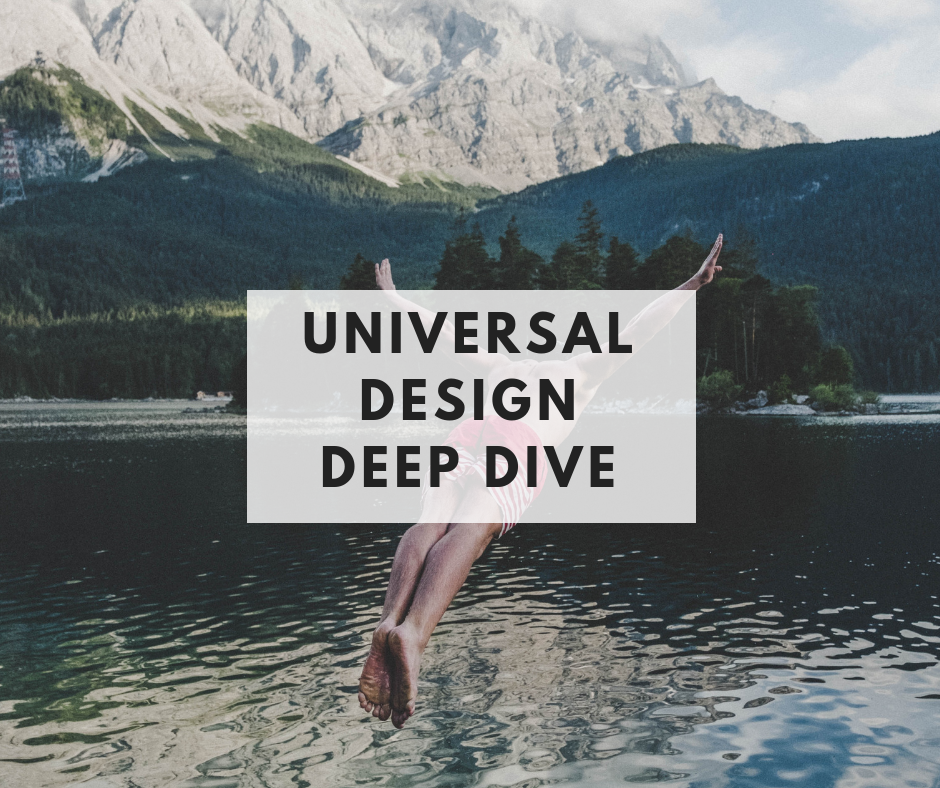Today, my continued deep dive into universal design included two works that are part of a literature review I’m compiling for a conference proposal. Here are the citations, and the second is open access (yay!):
- Edyburn, D. L. (2010). Would you recognize universal design for learning if you saw it? Ten propositions for new directions for the second decade of UDL. Learning Disability Quarterly, 33(1), 33–41.
- Rieber, L., & Estes, M. (2017). Accessibility and Instructional Technology: Reframing the Discussion. Journal of Applied Instructional Design, 6(1), 9–19. https://doi.org/10.28990/jaid2017.061001
Edyburn frames accessibility as an environment (beyond accommodations) “where access is equitably provided to everyone at the same time.” Similarly, Rieber and Estes describe accessibility as “having something when you want it or need it.” As such, both suggest that accessibility should be considered as something that affects everybody.
To that end, Rieber and Estes suggest accessibility includes social, physical, and learning (e.g., intellectual and motivational) access. Through this broader lens (that everyone benefits from inclusive design), they argue universal design is instructional design for “people in and out of the majority.”
While both papers share an overview of universal design for learning, Edyburn argues work is needed to operationalize it, and Reiber & Estes argue “time has come to bring the best ideas from the instructional technology field to the design challenge of meeting all levels of accessibility.” This is the call that will drive our upcoming work. Stay tuned.

Pingback: 43:365 | Universal Design Continued – Designed to Inspire